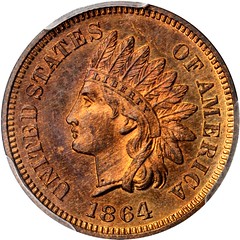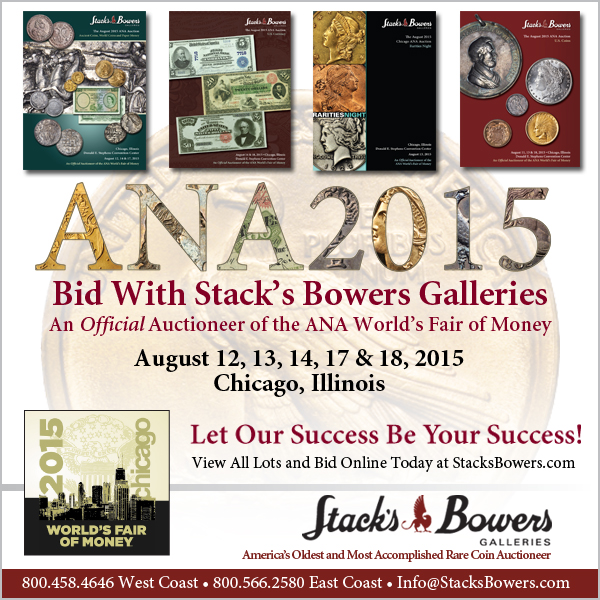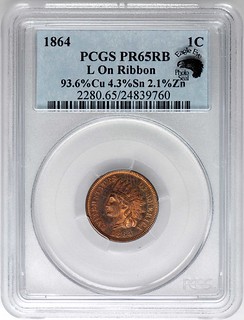
PREV ARTICLE
NEXT ARTICLE
FULL ISSUE
PREV FULL ISSUE
PETE SMITH ON DECODING THE SLAB
Pete Smith submitted this amusing (but also pretty accurate) summary of third-party grading and the annotations often found on coin
slabs. Thanks! -Editor
Let’s start with an overview of the third-party grading (TPG) system. There was a time when there were two types of collectors. The first type would say, “I like it, I’ll buy it.” The other type would say, “I think I like it but I want somebody to tell me what it is worth before I decide.” This created a business opportunity for third-party grading (slabs). Jump forward to the next generation of collectors. Now they would say, “I know what it says on the slab but I want somebody to tell me if I can trust the slab.” This created another business opportunity. These efforts are mentioned on the slab. Rick Snow created Eagle Eye Photo Seal. The submission form says that for a fee of $15, “Your coins are looked at personally by Richard Snow. If they qualify for Photo Seal you can be assured that your coins are properly graded or premium quality for the grade indicated on the holder.”
Uncirculated copper coins show a continuum of color from red to brown. The grading services have determined that all copper coins are either red (RD), red and brown (RB), or brown (BN). The holder in question was called RB by PCGS but RD by the cataloguer. Are there other codes found on slabs? I will leave those for the other 1,852 E-Sylum readers to explain.  
The reader's question was triggered by a Stack's Bowers email highlighting several lots in the August 2015 Stack's Bowers
Chicago ANA Auction, including lots 10028 and 10035 (pictured). My advice? Fuggetabout the slabs. These are sweet coins. Buy the coins,
not the slabs and stickers. -Editor
To read the complete lot descriptions, see:
To read the earlier E-Sylum article, see:

Wayne Homren, Editor The Numismatic Bibliomania Society is a non-profit organization promoting numismatic literature. See our web site at coinbooks.org. To submit items for publication in The E-Sylum, write to the Editor at this address: whomren@gmail.com To subscribe go to: https://my.binhost.com/lists/listinfo/esylum All Rights Reserved. NBS Home Page Contact the NBS webmaster 
|


